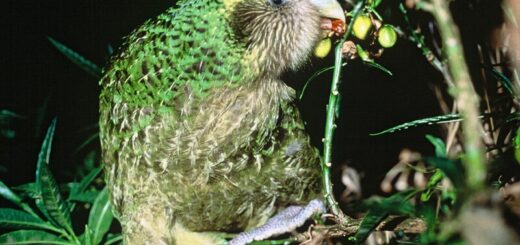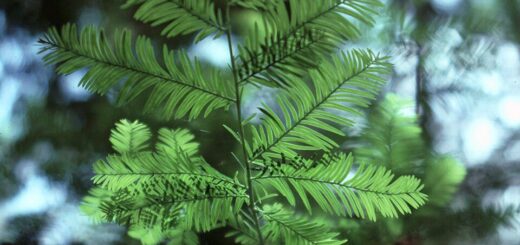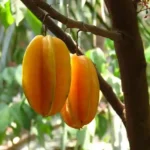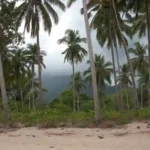Pacific Silver Fir – The Quiet Giant of the Pacific Northwest
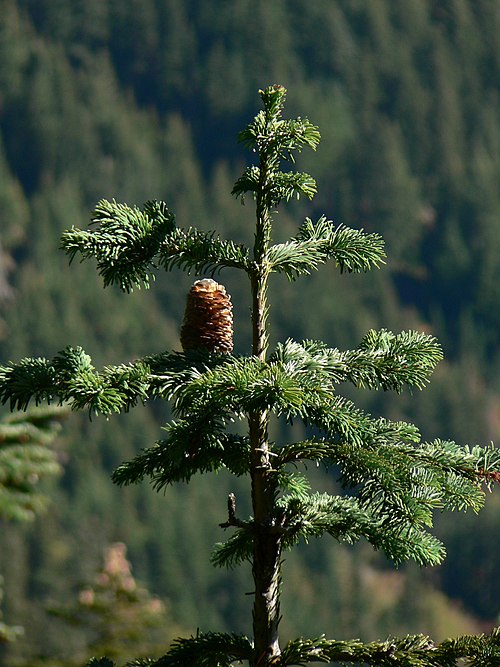
In the misty forests of the Pacific Northwest, where ferns carpet the forest floor and fog lingers in the canopy, the Pacific Silver Fir (Abies amabilis) stands tall and serene. Often overshadowed by its more famous cousins like Douglas-fir and Western Hemlock, this elegant conifer deserves a moment in the spotlight.
Meet the Pacific Silver Fir
Native to the coastal ranges of western North America, the Pacific Silver Fir can be found stretching from southeastern Alaska down through British Columbia and into Washington and Oregon. True to its name, this fir is particularly known for its silvery undersides on the needles, which shimmer in the soft light filtering through the canopy.
Mature trees can soar up to 200 feet in height, although they grow slowly and often take decades to reach their full grandeur. With a narrow, conical shape and symmetrical branches, the tree exudes a kind of quiet grace.
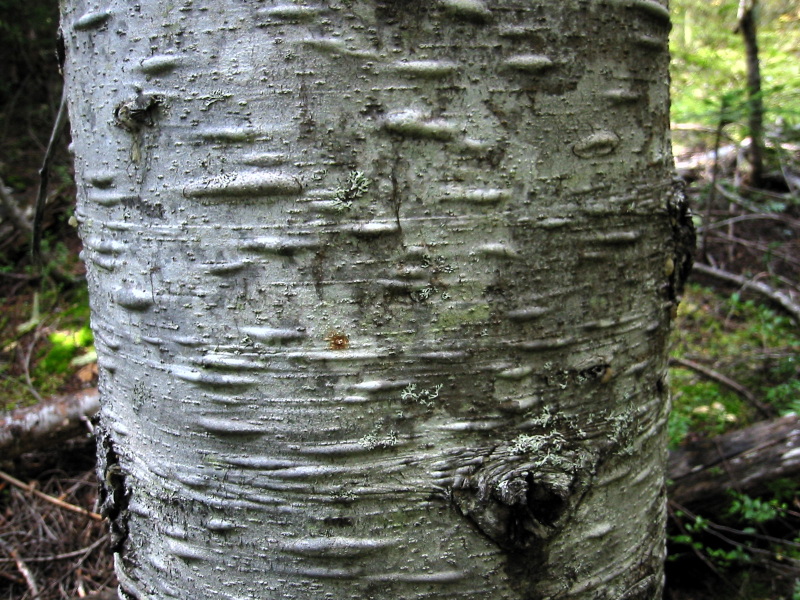
Pacific Silver Fir bark – Photographer: Walter Siegmund – Source: https://commons.wikimedia.org/wiki/File:PacificSilverFir_7645.jpg
How to Identify It
If you’re hiking in a cool, damp forest and spot a fir tree with these characteristics, you might be looking at a Pacific Silver Fir:
Needles: Flat, blunt-tipped, and arranged in a two-ranked fashion along the twig. The tops are dark green, but flip one over and you’ll see two white-silver bands—a key identifier.
Bark: Smooth and gray in young trees, becoming furrowed and scaly with age.
Cones: Upright, cylindrical, and purplish when young. Like all true firs, their cones disintegrate on the tree to release seeds.
The Fir That Loves Fog
The Pacific Silver Fir thrives in cool, moist environments, often blanketing high elevation slopes and shady ravines. It’s incredibly shade-tolerant—one of the most shade-loving of all the North American firs. This makes it a key player in the succession of old-growth forests, where it can patiently wait in the understory for decades until a canopy gap opens up.
Because of its preference for misty, moisture-rich climates, it’s most commonly found in the Cascade Range and Olympic Mountains, where rainfall is abundant and temperatures remain cool year-round.
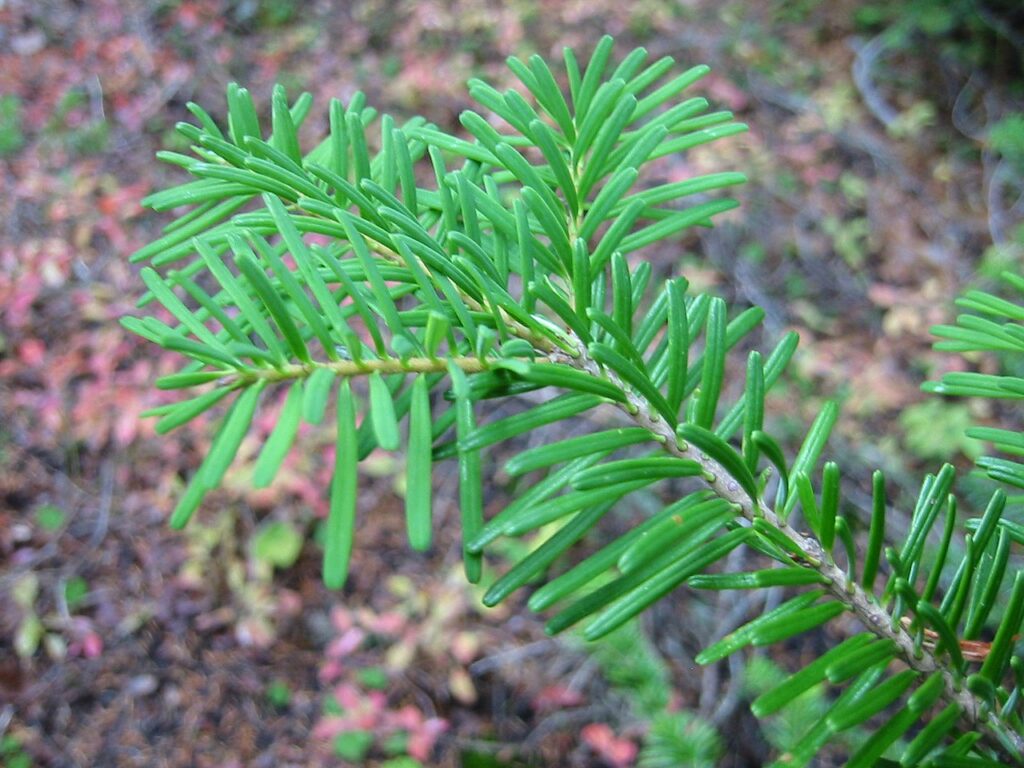
Pacific Silver Fir foliage top – Photographer: Walter Siegmund – Source: https://commons.wikimedia.org/wiki/File:PacificSilverFir_7785.jpg
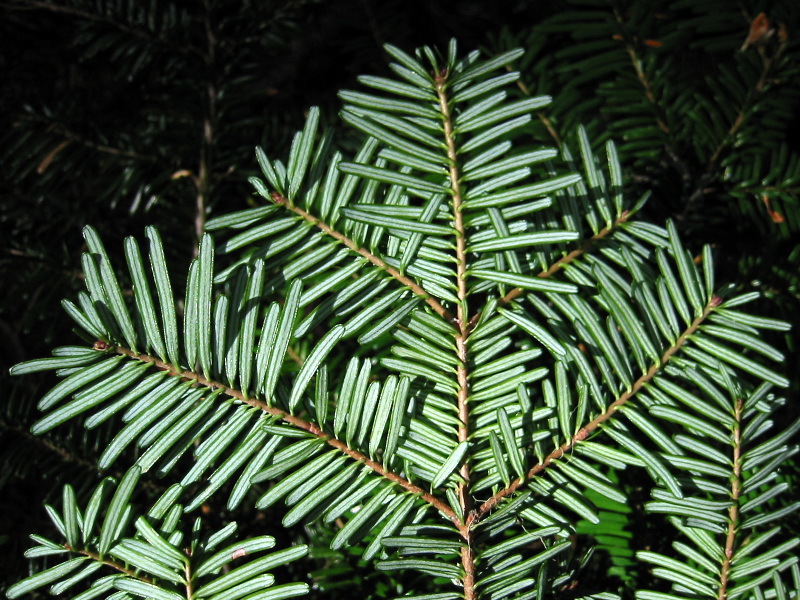
Pacific Silver Fir foliage underside. – Photographer: Walter Siegmund – Source: https://commons.wikimedia.org/wiki/File:PacificSilverFir_7644.jpg
Ecological Role
This tree doesn’t just stand around looking pretty, it plays a vital role in the ecosystem:
Habitat: Provides shelter for birds, squirrels, and insects. Its dense branches are ideal for nesting.
Soil health: Its needle litter contributes to the forest floor, enriching the soil and helping retain moisture.
Snow capture: Its branches are adept at catching and holding snow, slowly releasing meltwater into the ecosystem, helping to regulate runoff.
Wood and Human Use
Although the wood of Pacific Silver Fir is not as widely used as Douglas-fir or Sitka Spruce, it still has commercial value. It’s soft, light, and not very durable, but it’s used in pulpwood, plywood, and framing lumber. Due to its relatively low strength, it’s less ideal for structural use, but it’s still harvested in mixed conifer stands.
Native peoples in the Northwest used various parts of the tree for medicinal purposes, and its aromatic foliage has long been appreciated.
A Tree Worth Noticing
Next time you wander through a foggy trail in Olympic National Park or climb the subalpine ridges of Mount Rainier, look around. That stately fir with the silvery shimmer and quiet composure? That’s Abies amabilis, literally translating to “lovely fir.” And it truly is.
References:
https://en.wikipedia.org/wiki/Abies_amabilis

